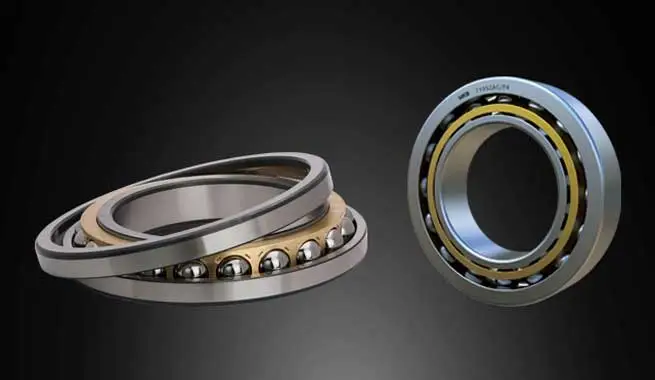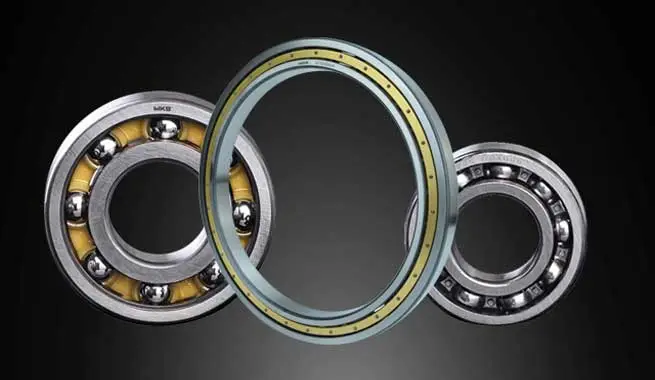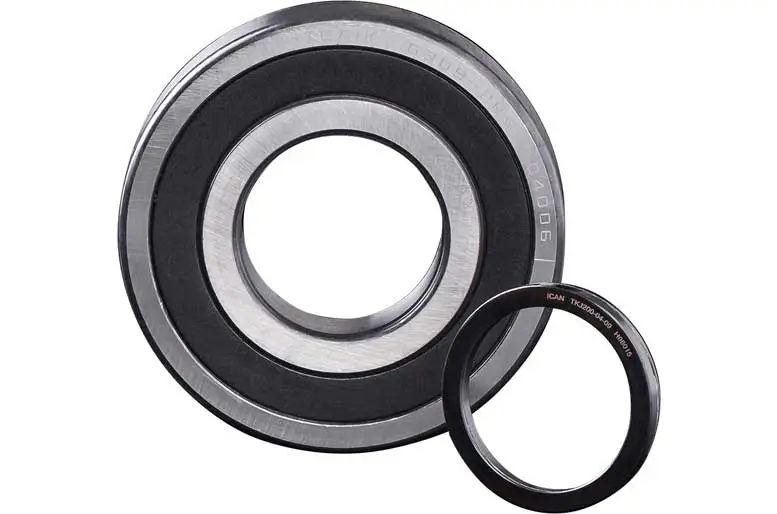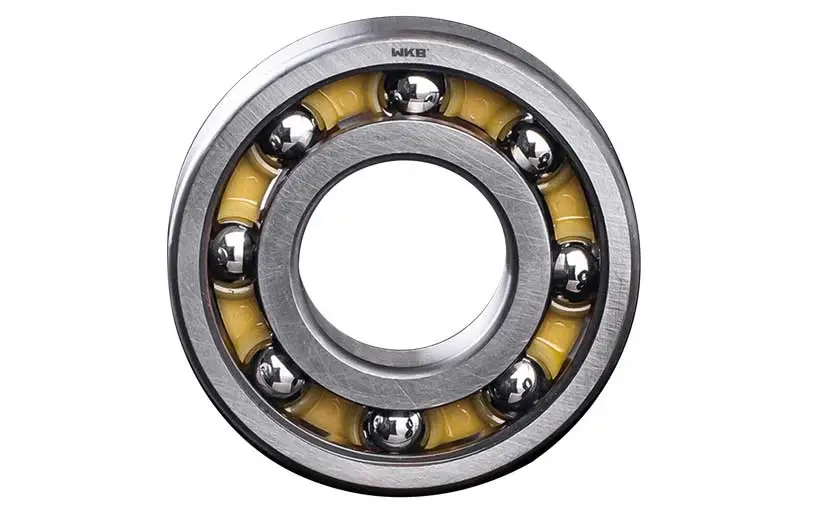


Ball bearings are crafted from diverse materials, each chosen for specific attributes. Common materials include:
Steel: High-carbon or stainless steel offers durability, corrosion resistance, and high load capacity. Chrome steel (AISI 52100) is prevalent.
Ceramics: Silicon nitride (Si3N4) or zirconia (ZrO2) offer high strength, lightweight, and reduced friction for enhanced performance and longevity.
Hybrids: Combining steel rings with ceramic balls balances strength and reduced friction, ideal for high-speed applications.
Plastics: Used in non-demanding applications, plastics like nylon provide electrical insulation, corrosion resistance, and quieter operation.
Bronze: Self-lubricating, ideal for applications where grease or oil is unsuitable.
Bearing Steel Alloys: Custom alloy blends optimize hardness, corrosion resistance, and fatigue life.
Material choice hinges on factors like load, speed, environment, and cost. Ceramic ball bearings excel in high-speed scenarios, while steel variants balance cost-effectiveness and durability. Hybrids merge the benefits of both. Industry advancements continually explore novel materials to enhance bearing performance in various applications.
Proper lubrication plays a pivotal role in optimizing the performance and longevity of ball bearings.
Adequate lubrication reduces friction and wear between the rolling elements and the raceways, minimizing heat generation and preventing premature failure. It ensures smooth rotation, reducing noise and vibration while enhancing overall operational efficiency.
Appropriate lubrication also safeguards against corrosion and contamination, maintaining the integrity of the bearing's surfaces.
Consistent lubrication prevents metal-to-metal contact, reducing the risk of pitting and scoring. By creating a protective barrier, lubrication maximizes the bearing's load-carrying capacity and extends its operational life. Explore quality options with ball bearings for sale to ensure optimal performance and longevity in various industrial applications.

Ball bearings are critical components used in a wide range of applications due to their ability to reduce friction and facilitate smooth motion. Some common ball bearing application includes:
Automotive Industry: Ball bearing uses in wheel hubs, transmissions, engines, and various vehicle components to reduce friction and enhance efficiency.
Industrial Machinery: Ballbearings are employed in conveyor systems, pumps, compressors, and manufacturing machinery for smooth operation.
Electric Motors: Found in electric motors for appliances, power tools, and other devices, contributing to efficient rotation.
Computers and Electronics: Ball bearing in fans, drives, and other electronic components for precision and reduced friction.
Railways: Used in train wheels, axles, and various railway components for smooth and reliable operation.
Bicycles: Integrated into bicycle components such as hubs, bottom brackets, and headsets to reduce friction and enhance performance.
The versatility, efficiency, and durability of ball bearings make them essential in a multitude of applications across various industries, contributing to improved performance and longevity of mechanical systems. When sourcing these critical components, it is advisable to consider reputable ball bearing wholesale suppliers to ensure quality, affordability, and reliable supply for diverse industrial needs.
The working principle of a ball bearing involves the use of small, spherical balls to reduce friction and facilitate smooth motion between two moving parts. Here's a brief overview of the ball bearing working principle:
Design: A typical ball bearing consists of an outer ring, an inner ring, a set of steel balls, and a cage that holds the balls in place.
Reducing Friction: The purpose of the steel balls is to roll between the inner and outer rings, reducing friction as compared to sliding surfaces. This rolling action allows for smoother and more efficient motion.
Load Distribution: The steel balls distribute the load evenly across the inner and outer rings, preventing direct contact between the surfaces and minimizing wear and tear.
Cage: The cage holds the balls in a specific arrangement, ensuring proper spacing and preventing them from coming into contact with each other. The cage also helps maintain the balls' alignment during rotation.
Lubrication: Ball bearings are typically lubricated to further reduce friction and dissipate heat generated during operation. Lubrication also helps protect the bearings from corrosion.
Axial and Radial Loads: Ball bearings can handle both axial loads (parallel to the axis of rotation) and radial loads (perpendicular to the axis of rotation), making them versatile for various applications.
Rotation: When a force or torque is applied to the inner or outer ring, the balls facilitate smooth rotation, allowing the machinery or equipment to move efficiently.
In summary, ball bearings operate on the principle of using rolling elements (balls) to separate and minimize friction between two surfaces, enabling efficient and reliable motion in various mechanical systems.